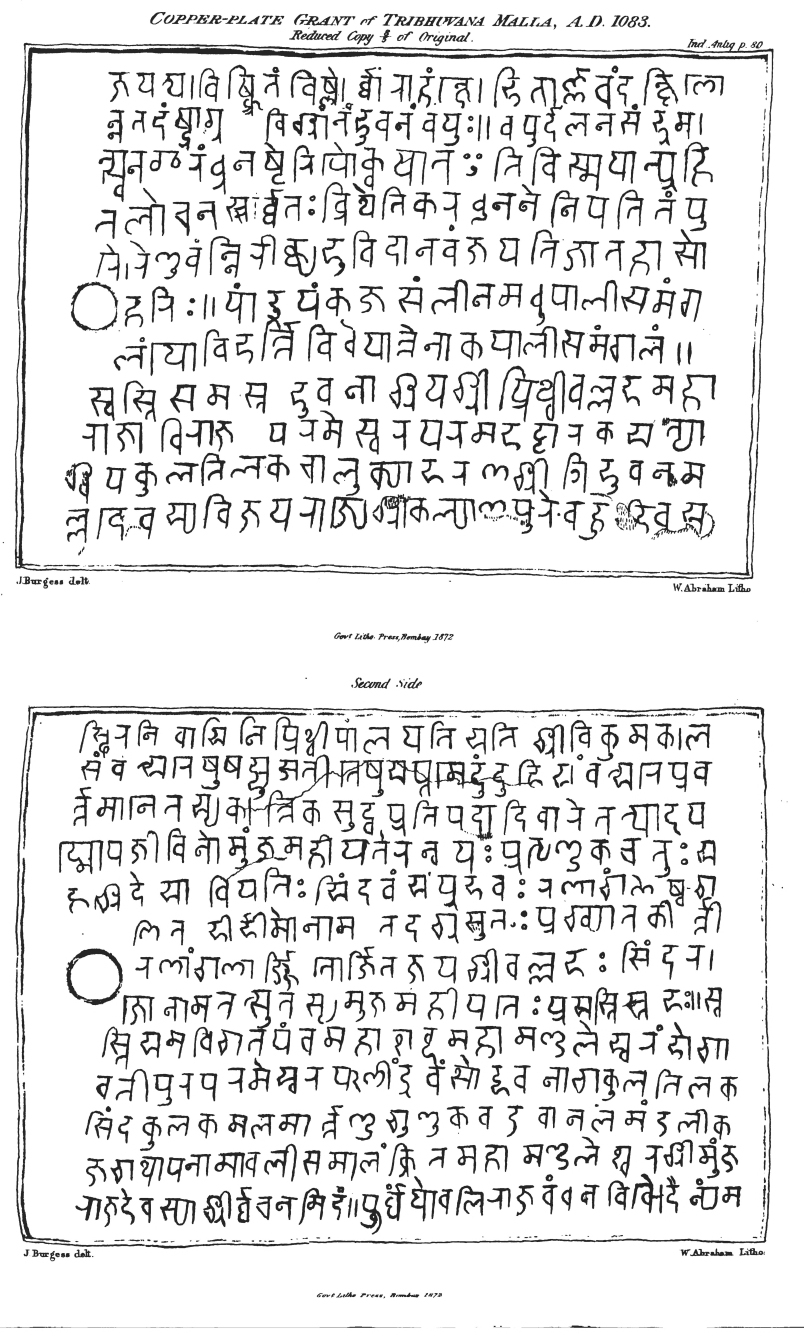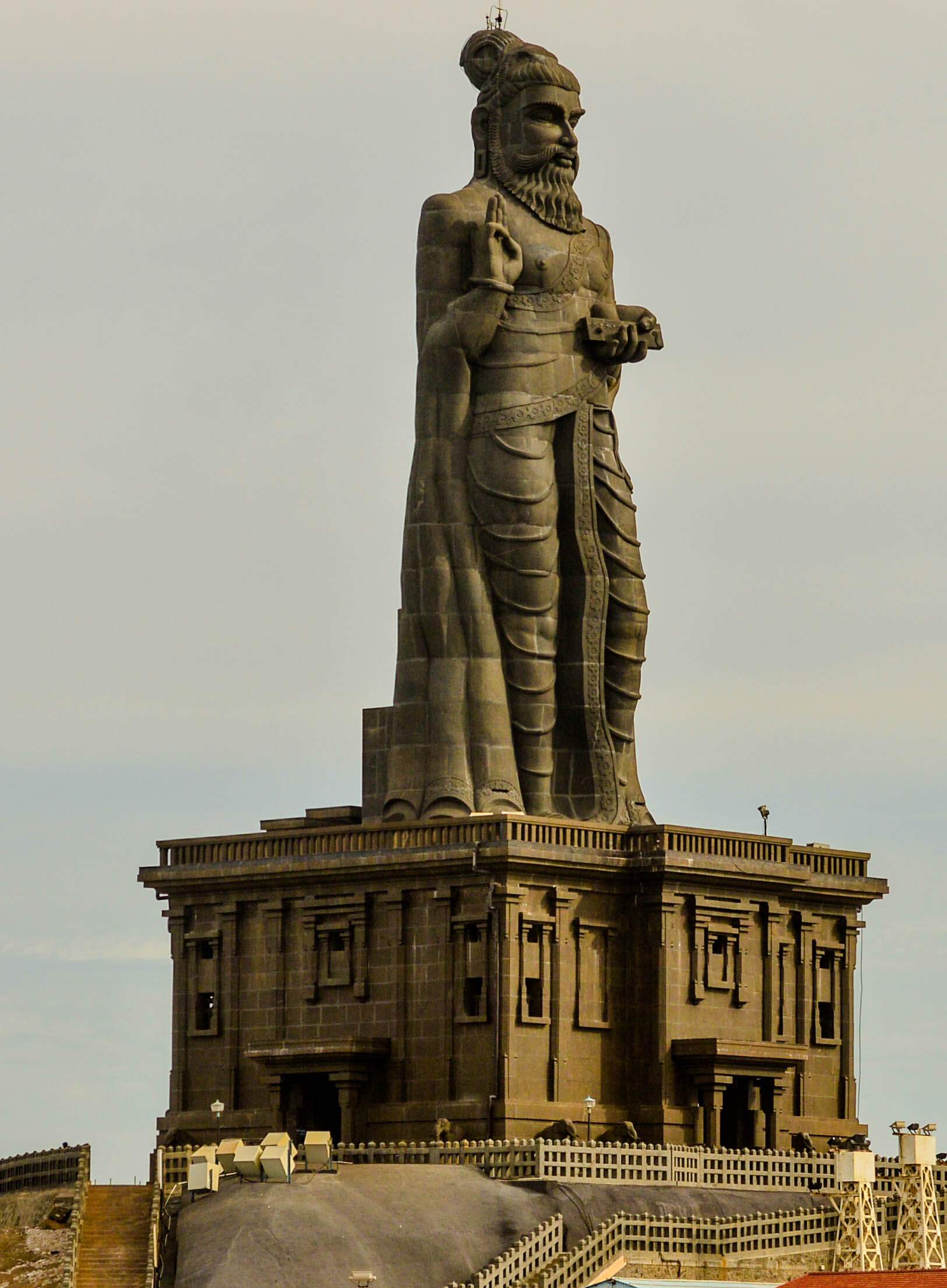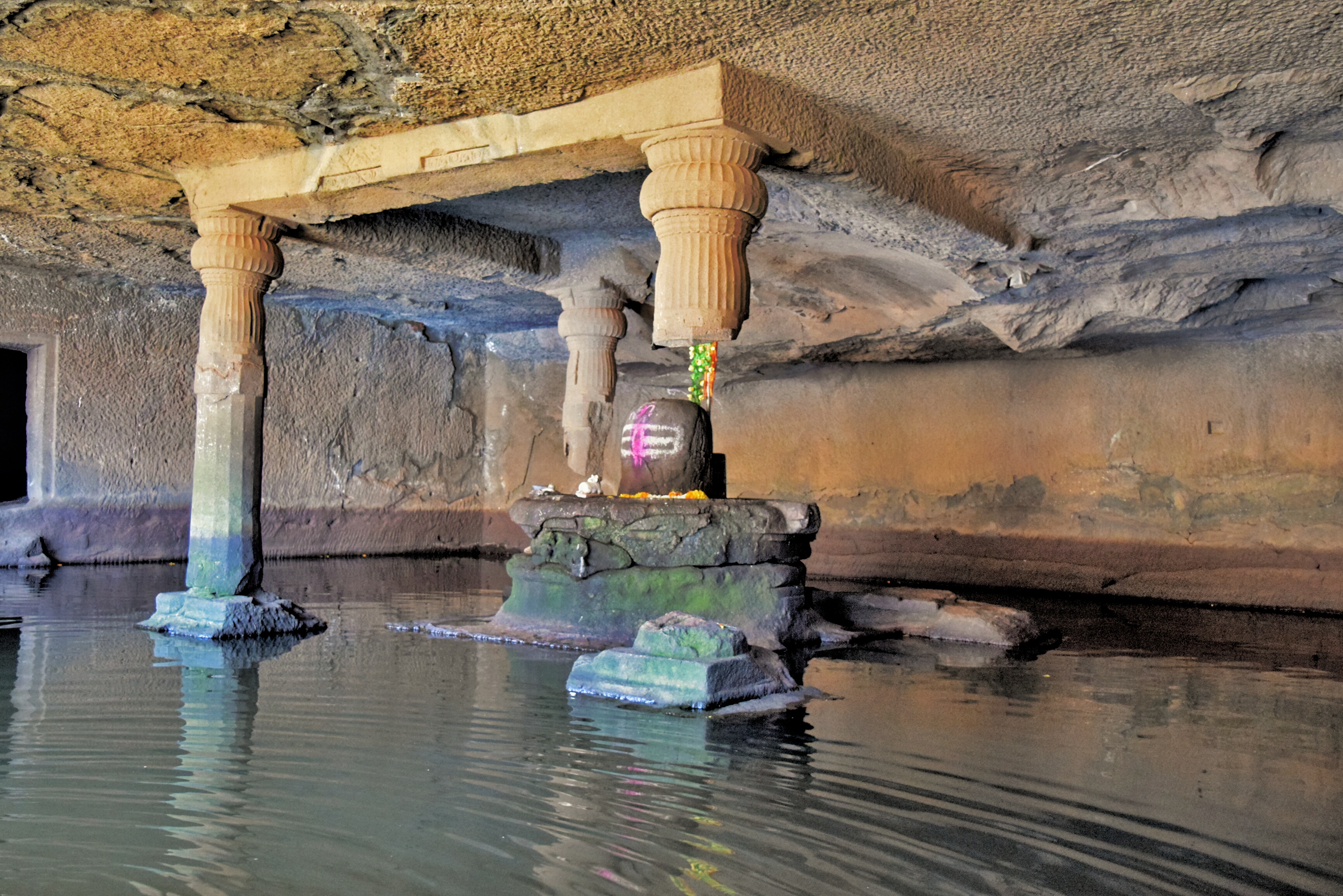|
Diet In Hinduism
Diet in Hinduism signifies the diverse traditions found across the Indian subcontinent. Hindu scriptures promote a vegetarian dietary ideal based on the concept of ''ahimsa'', non-violence and compassion towards all beings. According to Pew Research Center survey 44% of Hindus say they are vegetarian. History By mid-1st millennium BCE, all three major Indian religions – Hinduism, Jainism and Buddhism – were championing non-violence as an ethical value, and something that affected one's rebirth. By about 200 CE, food and feasting on animal slaughter were widely considered as a form of violence against life forms, and became a religious and social taboo.Marvin Harris (1990)India's sacred cow Anthropology: contemporary perspectives, 6th edition, Editors: Phillip Whitten & David Hunter, Scott Foresman, , pages 201–204 Ralph Fitch, a gentleman merchant of London and one of the earliest English travellers to India wrote a letter home in 1580 stating, "They have a very strange orde ... [...More Info...] [...Related Items...] OR: [Wikipedia] [Google] [Baidu] |
Maharashtrian Thali , the medieval language
* Marathi (other)
{{Disambig
Language and nationality disambiguation pages ...
Maharashtrian is an adjective referring to something related to: * Maharashtra, a state of India * Marathi people * Marathi language See also * Maharashtrian Brahmin * Maharashtri Maharashtri or Maharashtri Prakrit ('), is a Prakrit language of ancient as well as medieval India and the ancestor of Marathi and Konkani. Maharashtri Prakrit was commonly spoken until 875 CEV.Rajwade, ''Maharashtrache prachin rajyakarte'' [...More Info...] [...Related Items...] OR: [Wikipedia] [Google] [Baidu] |
Dharmaśāstra
''Dharmaśāstra'' ( sa, धर्मशास्त्र) is a genre of Sanskrit texts on law and conduct, and refers to the treatises ( śāstras) on dharma. Unlike Dharmasūtra which are based upon Vedas, these texts are mainly based on Puranas. There are many Dharmashastras, variously estimated to be 18 to about 100, with different and conflicting points of view. Each of these texts exist in many different versions, and each is rooted in Dharmasutra texts dated to 1st millennium BCE that emerged from Kalpa (Vedanga) studies in the Vedic era. The textual corpus of Dharmaśāstra were composed in poetic verses, are part of the Hindu Smritis, constituting divergent commentaries and treatises on duties, responsibilities and ethics to oneself, to family and as a member of society. The texts include discussion of ashrama (stages of life), varna (social classes), purushartha (proper goals of life), personal virtues and duties such as ahimsa (non-violence) against all livi ... [...More Info...] [...Related Items...] OR: [Wikipedia] [Google] [Baidu] |
Porul (Kural Book)
The Book of Poruḷ, in full Poruṭpāl (Tamil: பொருட்பால், literally, "division of wealth or polity"), also known as the Book of Wealth, Book of Polity, the Second Book or Book Two in translated versions, is the second of the three books or parts of the Kural literature, authored by the ancient Indian philosopher Valluvar. Written in High Tamil distich form, it has 70 chapters each containing 10 kurals or couplets, making a total of 700 couplets all dealing with statecraft. ''Poruḷ'', which means both 'wealth' and 'meaning', correlates with the second of the four ancient Indian values of dharma, artha, kama and moksha. The Book of Poruḷ deals with polity, or virtues of an individual with respect to the surroundings, including the stately qualities of administration, wisdom, prudence, nobility, diplomacy, citizenship, geniality, industry, chastity, sobriety and teetotalism, that is expected of every individual, keeping ''aṟam'' or ''dharma'' as the base ... [...More Info...] [...Related Items...] OR: [Wikipedia] [Google] [Baidu] |
Veda
upright=1.2, The Vedas are ancient Sanskrit texts of Hinduism. Above: A page from the '' Atharvaveda''. The Vedas (, , ) are a large body of religious texts originating in ancient India. Composed in Vedic Sanskrit, the texts constitute the oldest layer of Sanskrit literature and the oldest scriptures of Hinduism. There are four Vedas: the Rigveda, the Yajurveda, the Samaveda and the Atharvaveda. Each Veda has four subdivisions – the Samhitas (mantras and benedictions), the Aranyakas (text on rituals, ceremonies, sacrifices and symbolic-sacrifices), the Brahmanas (commentaries on rituals, ceremonies and sacrifices), and the Upanishads (texts discussing meditation, philosophy and spiritual knowledge).Gavin Flood (1996), ''An Introduction to Hinduism'', Cambridge University Press, , pp. 35–39A Bhattacharya (2006), ''Hindu Dharma: Introduction to Scriptures and Theology'', , pp. 8–14; George M. Williams (2003), Handbook of Hindu Mythology, Oxford University Press, , p. ... [...More Info...] [...Related Items...] OR: [Wikipedia] [Google] [Baidu] |
Tamil Language
Tamil (; ' , ) is a Dravidian language natively spoken by the Tamil people of South Asia. Tamil is an official language of the Indian state of Tamil Nadu, the sovereign nations of Sri Lanka and Singapore, and the Indian territory of Puducherry. Tamil is also spoken by significant minorities in the four other South Indian states of Kerala, Karnataka, Andhra Pradesh and Telangana, and the Union Territory of the Andaman and Nicobar Islands. It is also spoken by the Tamil diaspora found in many countries, including Malaysia, Myanmar, South Africa, United Kingdom, United States, Canada, Australia and Mauritius. Tamil is also natively spoken by Sri Lankan Moors. One of 22 scheduled languages in the Constitution of India, Tamil was the first to be classified as a classical language of India. Tamil is one of the longest-surviving classical languages of India.. "Tamil is one of the two longest-surviving classical languages in India" (p. 7). A. K. Ramanujan ... [...More Info...] [...Related Items...] OR: [Wikipedia] [Google] [Baidu] |
Tirukkuṛaḷ
The ''Tirukkuṟaḷ'' ( ta, திருக்குறள், lit=sacred verses), or shortly the ''Kural'' ( ta, குறள்), is a classic Tamil language text consisting of 1,330 short couplets, or kurals, of seven words each. The text is divided into three books with aphoristic teachings on virtue (''aram''), wealth (''porul'') and love (''inbam''), respectively. Considered one of the greatest works ever written on ethics and morality, it is known for its universality and secular nature. Its authorship is traditionally attributed to Valluvar, also known in full as Thiruvalluvar. The text has been dated variously from 300 BCE to 5th century CE. The traditional accounts describe it as the last work of the third Sangam, but linguistic analysis suggests a later date of 450 to 500 CE and that it was composed after the Sangam period. The Kural text is among the earliest systems of Indian epistemology and metaphysics. The Kural is traditionally praised with epithets and alt ... [...More Info...] [...Related Items...] OR: [Wikipedia] [Google] [Baidu] |
Sat Yuga
''Satya Yuga'' ( ''Krita Yuga''), in Hinduism, is the first and best of the four ''yugas'' (world ages) in a ''Yuga Cycle'', preceded by ''Kali Yuga'' of the previous cycle and followed by ''Treta Yuga''. ''Satya Yuga'' lasts for 1,728,000 years (4,800 divine years). ''Satya Yuga'' is known as the age of truth, when humanity is governed by gods, and every manifestation or work is close to the purest ideal and humanity will allow intrinsic goodness to rule supreme. It is sometimes referred to as the " Golden Age". The god ''Dharma'' (depicted in the form of a bull), which symbolizes morality, stood on all four legs during this period. The legs of ''Dharma'' reduce by one in each ''yuga'' that follows. Etymology ''Yuga'' ( sa, युग), in this context, means "an age of the world", where its archaic spelling is ''yug'', with other forms of ''yugam'', , and ''yuge'', derived from ''yuj'' ( sa, युज्, , to join or yoke), believed derived from ' (Proto-Indo-European: 'to ... [...More Info...] [...Related Items...] OR: [Wikipedia] [Google] [Baidu] |
Treta Yuga
''Treta Yuga'', in Hinduism, is the second and second best of the four '' yugas'' (world ages) in a ''Yuga Cycle'', preceded by '' Krita (Satya) Yuga'' and followed by ''Dvapara Yuga''. ''Treta Yuga'' lasts for 1,296,000 years (3,600 divine years). ''Treta'' means 'a collection of three things' in Sanskrit, and is so called because during the ''Treta Yuga'', there were three Avatars of Vishnu that were seen, the fifth, sixth and seventh incarnations as Vamana, Parashurama and Rama, respectively. The bull of Dharma symbolizes that morality stood on three legs during this period. It had all four legs in the ''Satya Yuga'' and two in the succeeding ''Dvapara Yuga''. Currently, in the immoral age of '' Kali'', it stands on one leg. Etymology '' Yuga'' ( sa, युग), in this context, means "an age of the world", where its archaic spelling is ''yug'', with other forms of ''yugam'', , and ''yuge'', derived from ''yuj'' ( sa, युज्, , to join or yoke), believed derived fro ... [...More Info...] [...Related Items...] OR: [Wikipedia] [Google] [Baidu] |
Yudhiṣṭhira
''Yudhishthira'' (Sanskrit: युधिष्ठिर, IAST: ''Yudhiṣṭhira'') is the eldest among the five Pandava brothers. He is mentioned in the ancient epic Mahabharata. He was sired by King Pandu of the Kuru Dynasty and his first wife, Kunti. Yudhishthira is later crowned the king of Indraprastha with his capital at Hastinapura. From his childhood, Yudhishthira was greatly influenced by his uncle Vidura and his great uncle Bhishma, and believed in the virtues of ''dharma''. He was trained by two warrior-sages, Kripacharya and Dronacharya. Yudhisthira was appointed as the crown prince of Hastinapura, but was later replaced by Duryodhana. Because of Kunti's misunderstanding, Yudhishthira and his siblings had a polyamorous marriage with Draupadi, the princess of Panchala. Dhritarashtra, on Bhishma's request, divided his kingdom to end the succession dispute between Yudhishthira and Duryodhana. The eldest son of Pandu was given a barren land to rule, which he subseque ... [...More Info...] [...Related Items...] OR: [Wikipedia] [Google] [Baidu] |
Bhisma
Bhishma ( Sanskrit: भीष्म, , ), also known as Pitamaha, Gangaputra, and Devavrata, played an integral role in Mahabharata. He was the supreme commander of the Kaurava forces during the Kurukshetra War mentioned in the Hindu epic Mahabharata. He was the only character who witnessed the entirety of the Mahabharata, beginning from the reign of his father, King Shantanu of the Kuru kingdom. Bhishma was the step-brother of Vyasa, the grandfather of both the Pandavas and the Kauravas. He was a prominent statesman of the Kuru Kingdom. He was born as the elder son of the illustrious King Shantanu and Ganga. Originally named Devavrata, he was made the heir-apparent of his kingdom. However, he ceded his throne for his father's happiness and took the vow of lifelong celibacy. Owing to this selfless decision, he came to be known as Bhishma and was blessed to live as long as he wanted, by his father, Shantanu. He played a major role in the political affairs of the Kuru k ... [...More Info...] [...Related Items...] OR: [Wikipedia] [Google] [Baidu] |
Mahabharata
The ''Mahābhārata'' ( ; sa, महाभारतम्, ', ) is one of the two major Sanskrit epics of ancient India in Hinduism, the other being the '' Rāmāyaṇa''. It narrates the struggle between two groups of cousins in the Kurukshetra War and the fates of the Kaurava and the Pāṇḍava princes and their successors. It also contains philosophical and devotional material, such as a discussion of the four "goals of life" or ''puruṣārtha'' (12.161). Among the principal works and stories in the ''Mahābhārata'' are the '' Bhagavad Gita'', the story of Damayanti, the story of Shakuntala, the story of Pururava and Urvashi, the story of Savitri and Satyavan, the story of Kacha and Devayani, the story of Rishyasringa and an abbreviated version of the '' Rāmāyaṇa'', often considered as works in their own right. Traditionally, the authorship of the ''Mahābhārata'' is attributed to Vyāsa. There have been many attempts to unravel its historical gr ... [...More Info...] [...Related Items...] OR: [Wikipedia] [Google] [Baidu] |
Manusmriti
The ''Manusmṛiti'' ( sa, मनुस्मृति), also known as the ''Mānava-Dharmaśāstra'' or Laws of Manu, is one of the many legal texts and constitution among the many ' of Hinduism. In ancient India, the sages often wrote their ideas on how society should run in the manuscripts. It is believed that the original form of ''Manusmriti'' was changed as many things written in the manuscript contradict each other. Over fifty manuscripts of the ''Manusmriti'' are now known, but the earliest discovered, most translated and presumed authentic version since the 18th century has been the " Kolkata (formerly Calcutta) manuscript with Kulluka Bhatta commentary". Modern scholarship states this presumed authenticity is false, and the various manuscripts of ''Manusmriti'' discovered in India are inconsistent with each other, and within themselves, raising concerns of its authenticity, insertions and interpolations made into the text in later times. The metrical text is in Sa ... [...More Info...] [...Related Items...] OR: [Wikipedia] [Google] [Baidu] |







.jpg)
